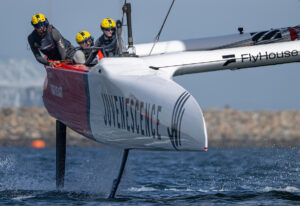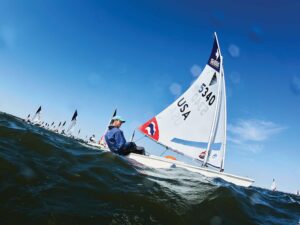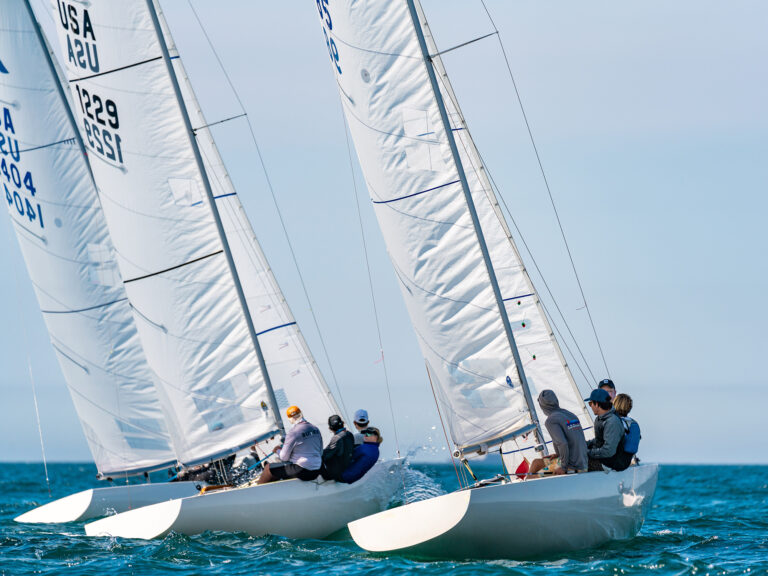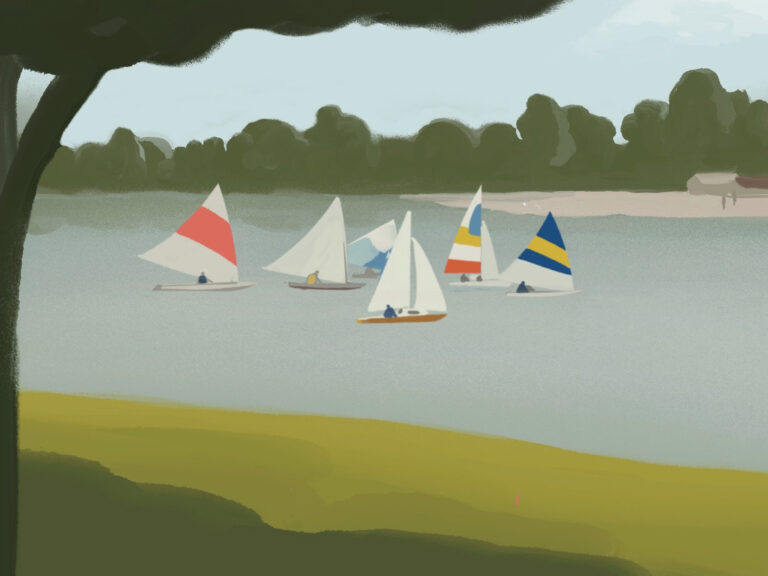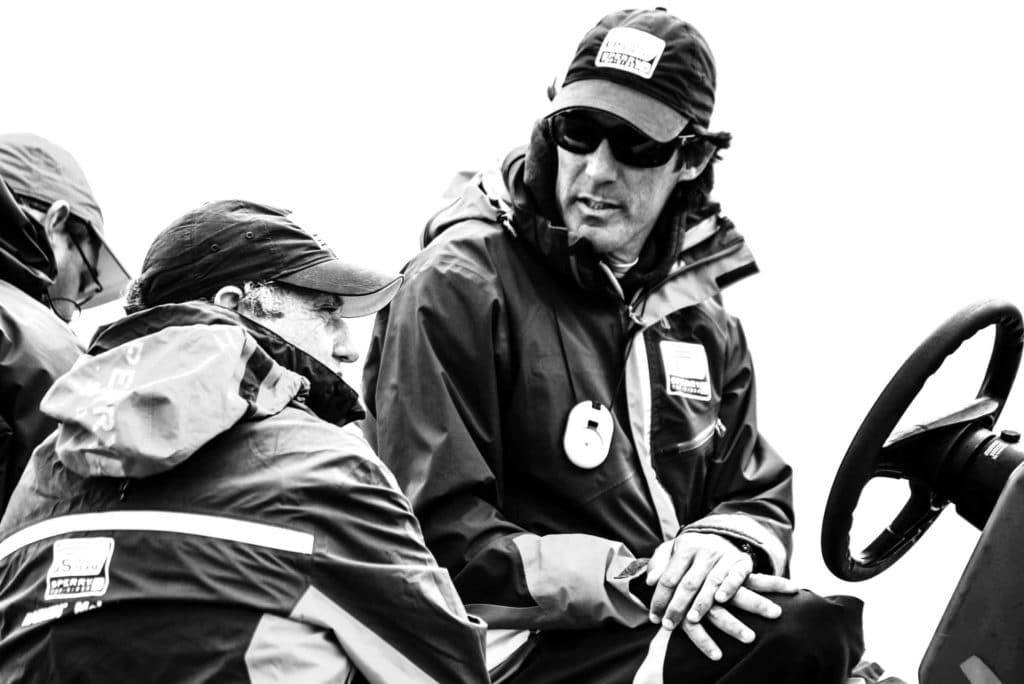
The U.S. Sailing team’s performance at the past several Olympic games has been less than stellar, prompting the question, what needs to change? It’s apparent that the team is missing something—our sailors are just not getting to the podium. The answer may lie with youth sailing, namely the U.S. Sailing Olympic Development team. “Our performance in London reinforced that we need to take a harder look at what successful national teams are doing to develop their talent,” says Josh Adams, Managing Director of U.S. Olympic Sailing. “We need to take a more systematic approach to developing skills.” U.S. Sailing is looking directly towards its Development Team.
[Full disclosure: I was on the team for two years. I experienced its shortcomings and its noisy absence in my sailing career. What I took away was a few words on my resume and a couple of free pairs of Sperry shoes.] With a shift in management, we can hope to see some major improvements to address the gaping hole that exists between college-bound sailors and Olympic hopefuls. Leandro Spina is running the show now. After several years as an Olympic coach for the Development Team based in Miami, he is assuming the role as Youth Development Director and is committed to the growth and evolution of the Development Team. How does he plan to go about this? “By developing the talent at a younger age and raising the bar higher, earlier,” Spina says. They’re calling it Project Pipeline 2024.
First thing’s first: the focus will be shifted toward the new Olympic Development Program. While this may seem like a semantic nuance, it does indicate a substantial shift in how the program is approached. Previously, the team was pieced together solely by the first two finishers in each class at the qualifying regatta for the ISAF Youth Worlds and the third-ranked boats at the ISAF Sailing World Cup Miami, which leads to a fragmented and essentially competitionless team. Changing its title to a program implies a progressive and fluid institution that is committed to accommodating an unlimited breadth of competition.
Spina calls this the “free flow of talent.” By tossing the concept of membership, coaches are able to invite sailors to train on a camp-by-camp basis. The coaches will have the freedom to make selections on who to include based on “talent, desire, attitude, and performance.”
“Before, we were waiting for talent to come to the program. Now we can pick from the very best based on the most recent results,” says Spina. By inviting sailors to come to training camps, the ISAF Youth Worlds team will have multiple opportunities to train against their strongest competition, and at home.
One of Spina’s goals is to build the team domestically—U.S. sailors should no longer have to travel to Europe to find high quality training. To go about this, Spina is gathering some of the top coaches from around the world to help coach at various training camps.
Making top-level coaching accessible is a priority, as it compliments the increased bank of resources allocated to the program. Made possible by sizeable donations to the American One foundation, the program now has access to experts in almost every aspect of Olympic athletics—trainers, weather experts, psychologists, etc.
A significant benefit from the increase in funding: the purchase of equipment owned by the program. The classes that will be provided through funding will be primarily 29ers and Laser Radials, as they are the best stepping stones to olympic classes, says Adams. Having these boats solely for the program will facilitate training camps and will increase exposure to Olympic sailing for those who may not have previously had the opportunity.
A prime example of this would be college sailing. At the moment, the U.S. is at a disadvantage. Sailors who may have been on the Olympic track before college are forced to spend four years fooling around in modified boats; this is four fewer years competing in high performance boats than our foreign counterparts, who continue their Olympic endeavors throughout their time at university.
The addition of equipment to the program allows for the inclusion of training camps that specifically target college sailors.
If attention and resources are shifted toward the younger sailors—and they can build on this experience during college—these sailors will be better prepared for an Olympic campaign later down the road. In the long run, we can hope to see American sailors on the podium.

